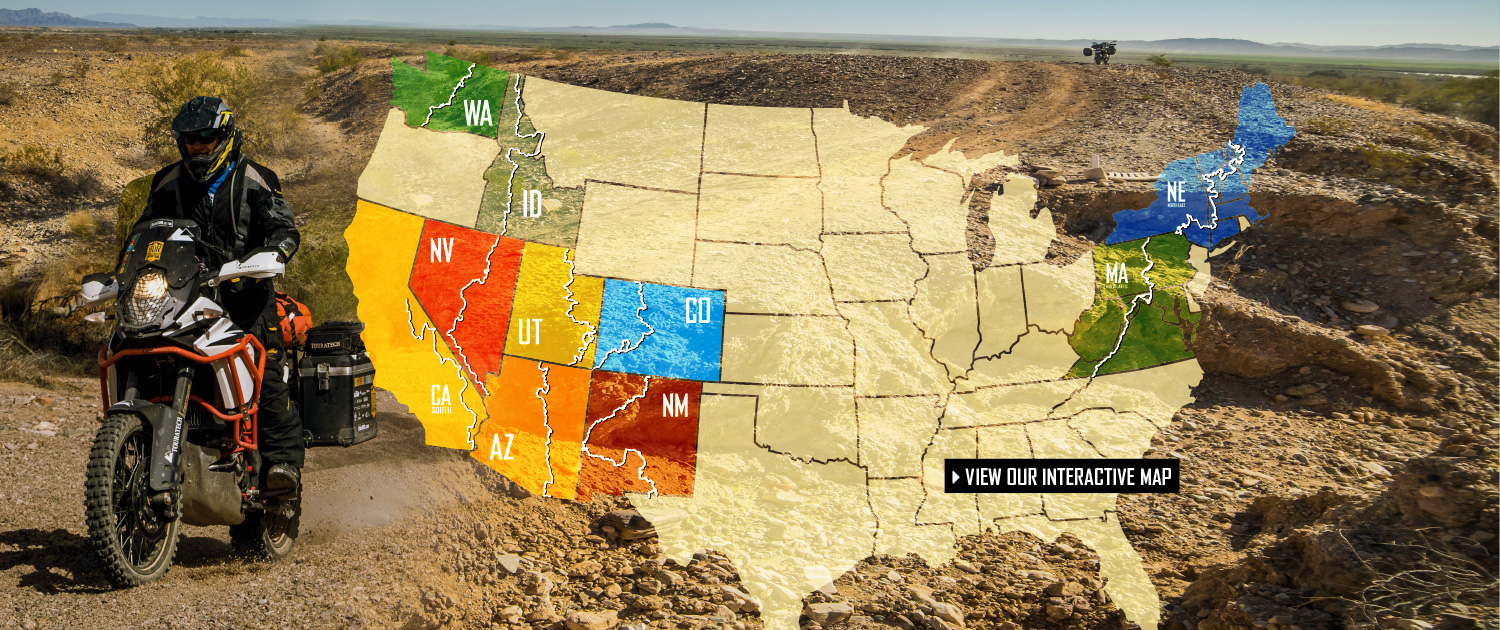
The Rhino 755t might just be the company’s best handheld GPS to date. Garmin has been leading the charge with better GPS technology and features across the board, so mentioning one more noteworthy model is only fitting. It saves the GPS coordinates of your position in case you need to reference it later. But the coolest feature is its ability to detect when and where you make a rifle shot. There’s a sensor that detects changes in barometric pressure to warn you of any possible weather changes, and sunrise/sunset alerts to help you hunt within legal shooting hours. A rechargeable battery can power the device for up to 14 days, and the large buttons and bright screen make it easy to figure out where you’ve been, where you’re at, and where you want to go. Rugged and water resistant, this watch has an easy-to-navigate interface with easy-to-save waypoints, and serves as a terrific wingman if you’re simply looking for a device that will mark noteworthy landmarks (like where you stashed elk quarters) and will show you the breadcrumb trail home. For them, the simpler is better, and it doesn’t get much simpler than the Suunto Traverse Alpha. A few of my hunting buddies, however, are not. I like to think of myself as someone that’s fairly proficient when it comes to technology. Then again, most GPS (and smartphone) screens are. The downside, if someone asked for one, is the screen-it’s incredibly tough to see in daylight. In addition, this unit works with Garmin’s Basecamp software, which makes it easy to plot waypoints, landmarks, and all sorts of information using a desktop or laptop computer, and then upload it to the handheld device. Some may poo-poo the idea of carrying such technology into places like Montana’s Bob Marshall Wilderness, but the calming sense of relief I have at the end of each day knowing my family is well arguably trumps any cynics argument. The other functions are much like what you’d find on any Garmin handheld GPS, but honestly it’s the abiblity to stay in touch that sets this device apart from others.
#BACKCOUNTRY GPS TRACKS PC#
Not only does it allow me to send and receive messages from home (via a subscription), it displays my position on our home PC so my wife and kids can follow my trek. I still relish the chance to visit the backcountry, but there’s a part of me that worries about what I’m missing at home, be it some milestone or emergency. When I was young, single, and without kids, I had no problem packing up and shuffling up into some distant basin with camp on my back, to hunt elk, deer, or bears for days at a time, without any possible way to communicate with the modern world.

In fact, I recently had the chance to test the accuracy (and usefulness) of the “prairie dog” map layer during a recent trip to western North Dakota and it led me to dozens of varmint towns on public ground.
#BACKCOUNTRY GPS TRACKS SOFTWARE#
Now that subscriptions are available for smartphones, you don’t even need to pair a loaded SD card with a handheld GPS unit anymore-the app works even when you’re out of WiFi or cellular signal-and OnX is continually improving the software and adding features. Not only can the program tell you where invisible property lines intersect, it can tell you who owns private land and his or her address in case you want to request access. It’s accurate, detailed, and invaluable if you’re hunting or fishing through a scramble of private and public acreage. But hands down, the best handheld tracking platform I’ve ever seen is from OnX. Years later, Google Earth revolutionized the way I approached preseason scouting. When I was young, I’d study USGS topographical grids until I memorized the location of all the drainages within hiking distance of my base camp. This throws out the outlier data points, but somebody has to pick the filter factors depending on how smooth or how rough the track log is compared to the actual trail.I’ve always had a fascination with maps.

It gets much worse when you get to vertical coordinates.Īnalysis programs typically use Kalman filtering, and that is the same as what is used inside the actual GPS receiver.

Others will estimate the distance as a straight line between the two points. For example, if you were going through a virtual tunnel in the woods, and if the receiver tracks you on one side, and then twenty minutes later on the other side, with no signal in between, then what should it get for distance? Some will completely skip the apparent distance and give you zero miles.

Plus, the GPS receiver manufacturers never tell you their algorithms for calculating distance from track data. That is because there are lots of factors that can cause GPS track data to be off. If they operate off your recorded GPS track data, then they are more accurate, but still off a bit. I think that you will find that the automated systems for estimating distance and elevation based on a topo map are somewhat poor estimates.


 0 kommentar(er)
0 kommentar(er)
